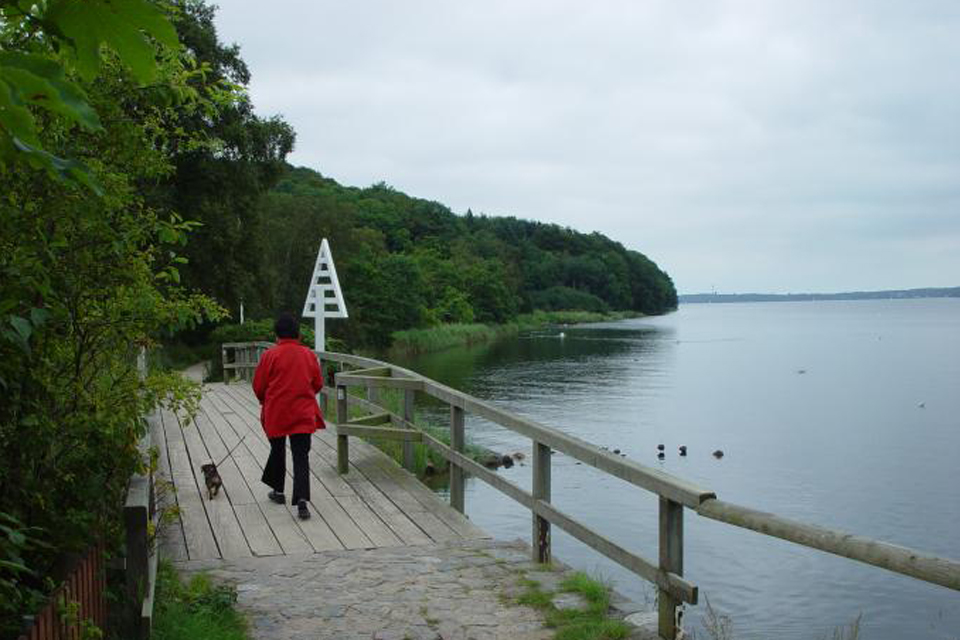Manning the borders in future Europe has become a contentious issue. Not least along the border between Denmark and Germany
Since early this month, Denmark has been boosting its controls at the border between Denmark and Germany. The new control was implemented as part of a political trade-off between the Danish government and its right-wing supporting party, “The Danish People’s Party”. In Denmark this political deal has been widely laughed at, since most recognise that the object is more symbolic than practical. It is generally acknowledged that a beefed up border control will produce no solution to the problems of illegal immigration, since the borderline is crisscrossed with minor roads and small lanes from east to west.
Nevertheless the new border control has caused a European uproar especially amongst the Germans, who feel that the manning of the former border between Denmark and Germany has a subtext of kindling anti-German feelings. Which to a certain extent may be the fact, since two of the party’s prominent members of parliament are publicly known for wanting to reestablish the very old border between Denmark and Germany from the 8th century by Danevirke. The present border lies app. 150 km north from here.
Also, it seems as if the Danish governement has underestimated the raw feelings that any border control may stir among the Germans. One reason might be, that it simply is not easy for non-Germans to identify with the pain which ordinary Germans suffered, while the partition between DDR and Bundesrepublik Deutschland was upheld in the most draconian way.
One indicator of this is the existence of a number of small museums along the “Green Band”, the former no man’s land between the two Germanies. The importance is born out by the fact that €7 million recently were donated to the deveplopment of one of these museums in order to professionalise the exhibitions. The obejct is to cater not only for the many Germans hiking or cycling through the Green Band, but also to service the numurous foreigners discovering this fabulous tourist venue.
The charm of the Green Band derives from the fact that in order to supervise and patrol the border, any number of neigboring villages were simply torn down and the inhabitants deported. Thus the borderpolice and the army of the former communist DDR were able to shoot on site anyone who tried to escape from thei so-called “political paradise”. When the border was overun in 1989 people found that this mile wide “no man’s land” had turned into a wilderness of remarkable value. Today it is possible to walk along the Green Band and enjoy the unique richness of vegetation and all the roaming animals. And not least visit the museums that tell the story of police brutality and unnecessary segregeation of neighbours and family.
It is hoped that an initiative like this along the present Danish-German border might enhance the sense of Schleswig-Holstein as a historically very rich borderzone between the two nations. Luckily people on both sides nowadays have a political say which prevents silly politicians to really endanger the tradition for collaboration and networking across the border and in between the various minorities in the borderregion.
Nevertheless it would be an important signal to send creating a hike trail along this border as well as all the former borders in Europe.
READ MORE:
Read about “Green Band”
Read about the museum Grenzhus Schlagdorf
Read about the Danish Genforeningsmuseet
Yet another museum in Mödlareuth
Bicycle along the Roman “limes”
